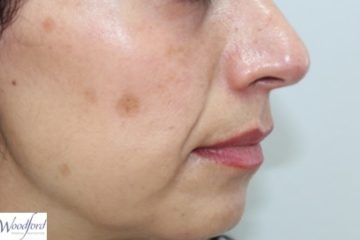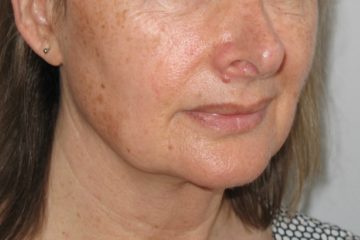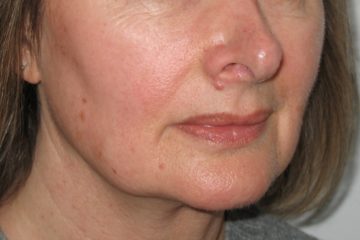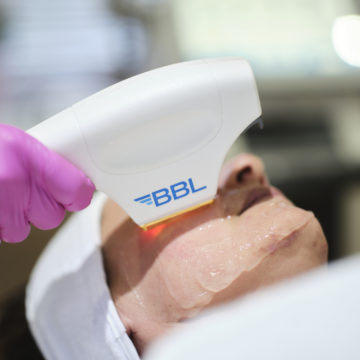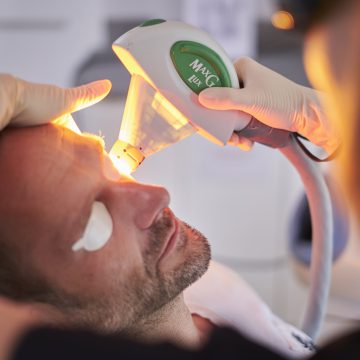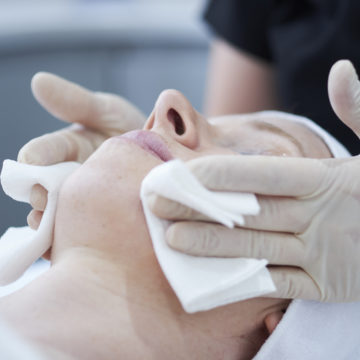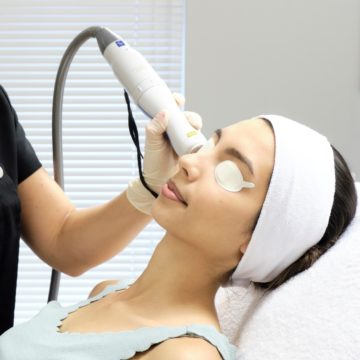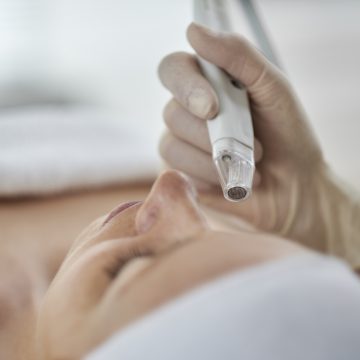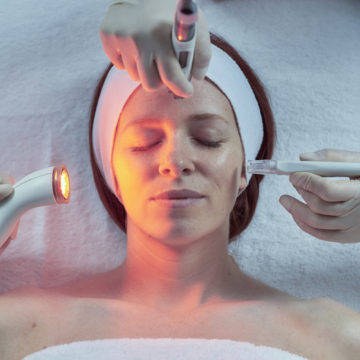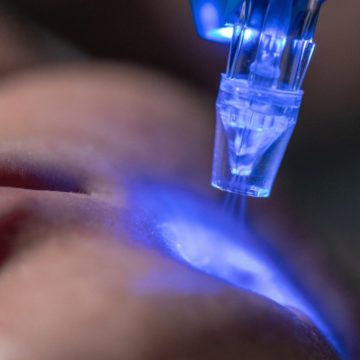Sun Damage and pigmentation
Do you feel your skin lacks the glow of youth or is uneven, red and flushed? Are you fed up with sun spots and pigmentation? Our treatments can help reverse the signs of sun damage
Sun Damage and pigmentation Quick Facts
Sun damage and pigmentation can affect any skin type
Prevention is much easier than cure
Sun damage occurs long before it is evident in the mirror
Sun damage can occur at any time throughout the year even on cloudy days
Pigmentation caused by sun damage results from penetration of such things as UV rays and environmental pollution through the external skin barrier into the deeper layers of the skin. The skin’s defence mechanism then responds with several pathways of inflammation which triggers multiple responses, one of which is excitation of the melanocyte, the cell in the skin responsible for making melanin pigment that causes skin to go darker. Regardless of the type of pigmentation or its cause the treatment strategy should involve reversing and controlling these steps. Effectual and medical proven skincare has been shown to restore skin barrier function, dampen all pathways of chronic inflammation and reduce the production of melanin from the melanocyte.
Pigmentation can range from slightly over grown freckle like spots through to larger areas called sun or age spots. Some can be troubled with just one area whilst others can be extensively affected by multiple patches.
There is a very strong genetic element at play with a tendency to incur sun damage where our genes will closely affect our skin type and in turn the activity of our melanocytes. Fair skins such as types 1 and 2 are more vulnerable to UV damage so are more at risk of sun spots and patches of pigmentation which tend to stand out more. However, those with darker skin types also have to take care as some of the worst forms of unwanted pigmentation occur in those with skin of colour. This is because their melanocytes are extremely active and produce melanin after only slight UV stimulus. It is why we encourage everyone regardless of skin type to use a daily shield of protection to reflect UV and reduce the chance of triggering unwanted pigmentation.
A separate sub group is those who have a condition called melasma which is a hormone related condition and can involve large patches over the skin.
Melasma is a separate condition where large patches of pigmentation occur on the face often being triggered by hormonal changes such as starting the oral contraceptive or pregnancy. This condition tends to run in families
Unwanted skin pigmentation is a common condition and there are a wide range of options for removing or at least significantly reducing the appearance of this problem.
Testimonial
I researched treatment for pigmentation and came across Woodford Medical. After a thorough consultation I had a course of treatments and was astounded by the results!
Our Treatments
Suite 1B 1st Floor Marlborough House
Belfast, Antrim BT9 6GH
Northern Ireland
Email
enquiries@woodfordmedical.com
